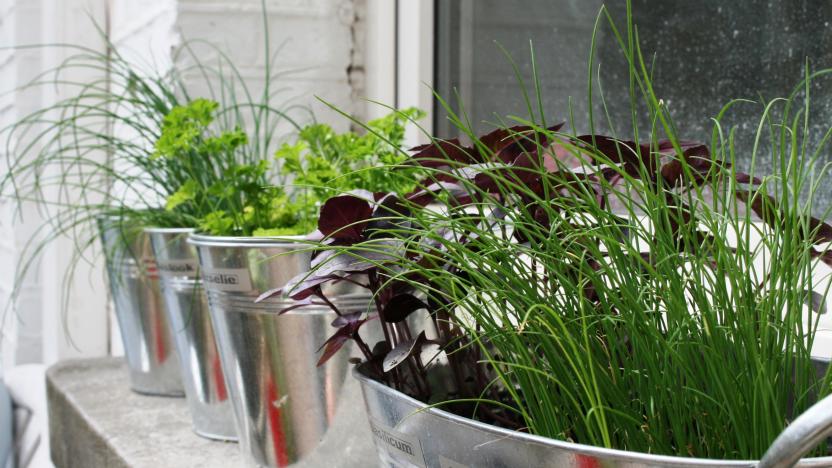hydroponics
Latest

How to grow a quarantine garden when you’re tight on space
With the COVID-19 outbreak potentially disrupting the nation's food supply, now is a great time to learn to grow your own fresh vegetables.

The future of indoor agriculture is vertical farms run by robots
Back in the good old days, farming was easy. Throw some seeds in the ground, keep it watered, pray to your preferred deity to spare your crops from pestilence and wait for harvest season. But with the global population closing in on 7 billion mouths to feed, humanity is going to have to figure out how to grow more food using less land and fewer resources, and soon. So while some researchers and equipment manufacturers are devising intelligent agricultural implements that will toil in tomorrow's fields on our behalf, others are aiming to bring futuristic farms to urban city centers.

ICYMI: Hydroponics on a grand scale
try{document.getElementById("aol-cms-player-1").style.display="none";}catch(e){}Today on In Case You Missed It: Sundrop Farms in Australia produces tomatoes from using solar power and seawater, no soil, pesticides or groundwater involved. You can watch the video of the facility here or the CNN story here. The story about the weather study using man-made ice storms is described here. If you're interested in the bird-inspired drone design, that's here, and the meat pie into the stratosphere is here. As always, please share any interesting tech or science videos you find by using the #ICYMI hashtag on Twitter for @mskerryd.

Hydroponic gardens could end Arctic food shortages
You don't have a wide variety of food choices if you live in remote parts of the Arctic. Some consumables can take so long to arrive that they're already past their "best before" dates, and that's assuming they arrive in the first place -- shortages are considerably more common. However, Alaskan companies Native Kikiktagruk Inupiat Corp and Vertical Harvest Hydroponics could make fresh greens a mainstay even in more inaccessible regions. They've developed indoor hydroponic gardens that grow vegetables like kale and lettuce in shipping containers filled with LED lights. As you don't need soil or a warm climate, you can provide tasty veggies just about anywhere you have reliable power.

Six technologies changing the future of food
By Cat DiStasio Food production, processing and transportation account for a tremendous amount of greenhouse gas emissions, and enormous amounts of food are wasted each year in some parts of the world while other regions suffer from shortages. Fortunately, agricultural engineers and scientists are working hard to increase food production, create cleaner agricultural processes and develop greener packaging. With technological advancements, it may be possible to sharply reduce carbon emissions from the agriculture and food industries while simultaneously addressing food supply issues.

The Internet of Things is coming to your hydroponic garden
It was only a matter of time. The Internet of Things has already come for our vaporizers; now it is back for our hydroponic grow ops. Behold the Gro.io, an all-inclusive hydro system that's nearly fully automated. The brains behind this system is the Gro.hub. This central computing tower runs an embedded Linux OS on a 1GHz ARM Cortex-A8 Processor and processes signals from ten separate remote sensors. These monitor things like water temperature, level, pH and flow.



